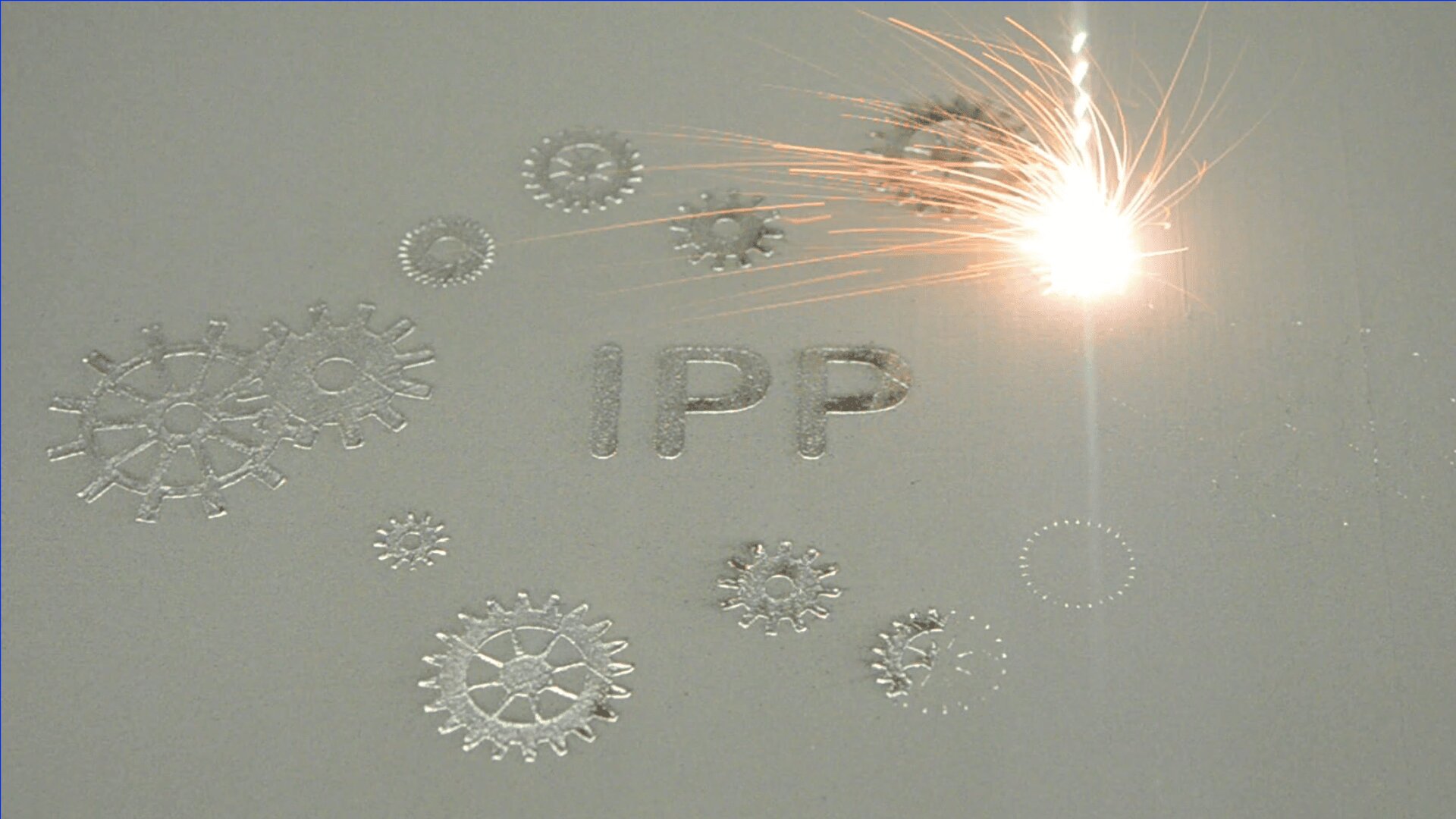Reliable material quality and shape in 3D printing with case-hardening and heat-treatable steel without HIP
In 3D printing, we often focus primarily on the shape of a component and consider material strength later. However, this is the top priority when it comes to components that are subject to high loads, as the shape can be reworked. In this article, we present solutions for ensuring quality first.
Today's quality assurance in additive manufacturing determines parameters for 3D printing using test specimens. In the powder bed fusion process using lasers and metals (PBF-LB/M according to ISO 52900 or SLM), these are primarily laser power, laser diameter, feed rate, hatch spacing and layer thickness. These are the key parameters that can be used to influence the speed of the construction process. The VED parameter takes these parameters into account. VED stands for volumetric energy density. Of course, the heating and cooling rates of metals influence properties such as fine grain size, precipitates, cracks and pores. However, a wide variety of material properties can be achieved with the same VED values. Nevertheless, this value is widely used in literature and discussions. We need to rethink this.
Other properties, such as powder properties (ISO 52928:2024) or gas quality, gas velocity, etc. (ISO 52949:2025) cannot be varied as quickly and are therefore often specified before the parameters used in the VED are optimised.
Once the optimised parameters have been determined, the qualification and specification of all adjustable parameters (ISO 52929) follows. The qualification uses either round or flat tensile tests.
However, the 3D-printed components do not have the shape of the cubes on which the parameters were developed, nor do they have the shape of the test specimens on which tensile or fatigue tests were performed. How can it be determined in practice whether a component has been constructed within the qualified conditions?
The solution is online monitoring. Modern systems such as the TruPrint 5000 or the IMPACT 4530 have temperature sensors that measure the temperatures reached by the process during the build process. We will show you how these temperatures can be used to ensure quality.
Let us inspire you. With temperature monitoring of your system, you can ensure quality in the process. We are happy to help you.
Please note: This speech will be given in German.
Speakers (1)

Stefan Czerner
Zurich University of Applied Sciences, Institute of Product Development and Production Technologies, Lead Additive Manufacturing

